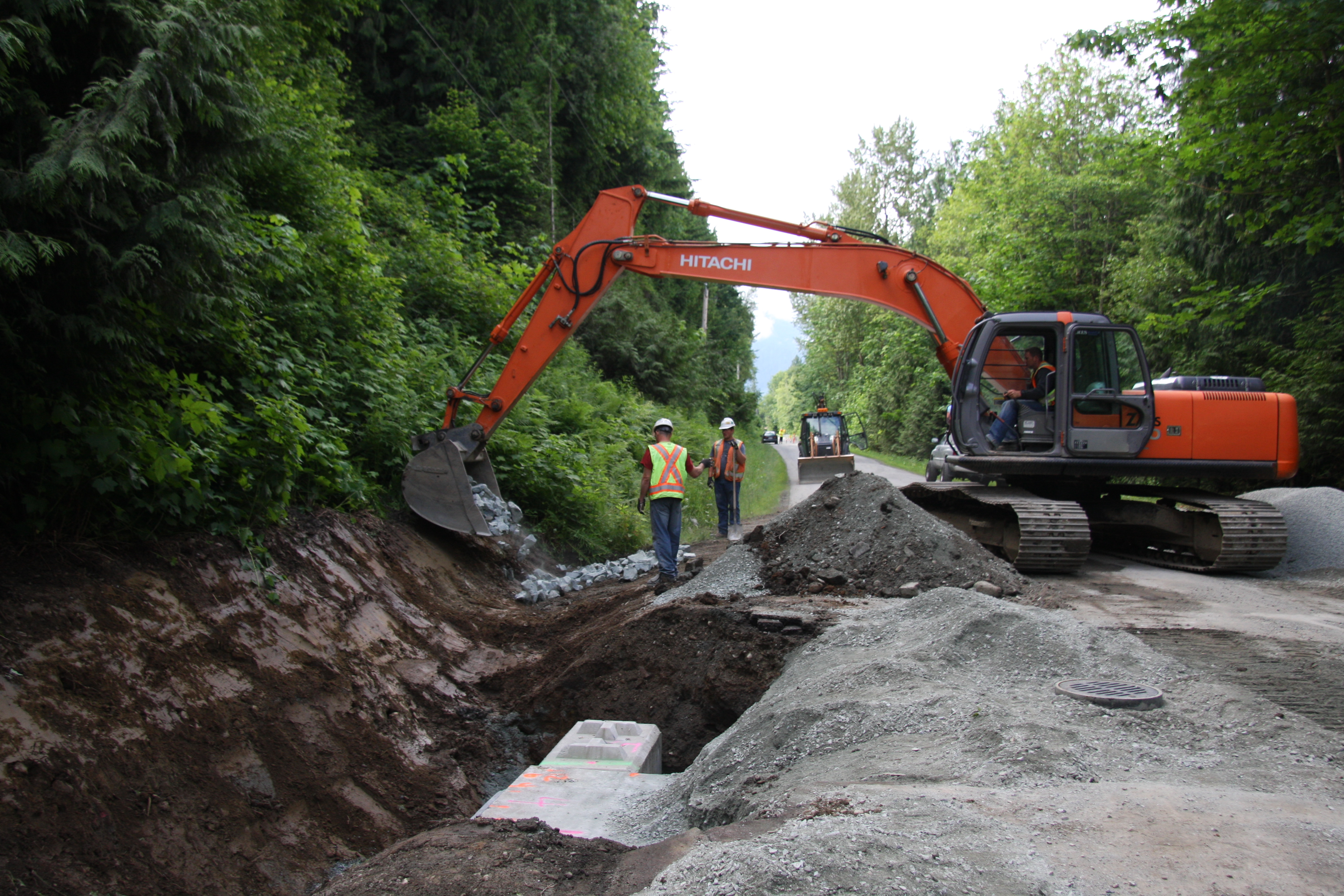Thorough Underbrush Clearing for Land Management
Thorough Underbrush Clearing for Land Management
Blog Article
Achieve Success With Culvert Installment: Ideal Practices Exposed
Installing culverts is a critical facet of facilities development, requiring accuracy and adherence to ideal practices for lasting success. Whether undertaking a new task or preserving existing culverts, the procedure demands precise attention to information. From the first product option to the lasts of maintenance, each step plays an essential role in the performance and longevity of the culvert system. In this conversation, we will check out necessary methods, suggestions, and guidelines that can significantly affect the outcome of culvert installments. Understanding these essential factors is vital in making certain the architectural integrity and performance of culverts, making it imperative for professionals and lovers alike to grasp these fundamental principles.
Correct Material Choice

Concrete culverts are recognized for their strength and durability, making them appropriate for rush hour areas and large water circulation quantities. Corrugated metal culverts are light-weight and easy to install, suitable for short-lived applications or circumstances needing a fast service. Plastic culverts are lightweight, corrosion-resistant, and affordable, making them a prominent choice for various culvert installments. Composite materials provide a mix of buildings from various materials, offering an adjustable remedy for specific project demands. Eventually, choosing the proper material is important to make sure the culvert system works effectively and has a lengthy solution life.
Site Prep Work Tips
Reliable website prep work is crucial for the effective setup of culverts, making certain correct integration with the surrounding atmosphere and long-lasting functionality. Prior to starting the setup process, it is essential to conduct an extensive site analysis to identify the appropriate size, type, and placement of the culvert. Clearing the location of any type of debris, greenery, or obstructions is the initial step in website prep work. This makes certain a tidy and level surface area for the culvert to be installed.
Next, the dirt problems ought to be reviewed to analyze the stability and load-bearing ability of the ground. Depending upon the soil type, added actions such as compaction or reinforcement might be required to avoid resolving or shifting of the culvert gradually. Correct water drainage considerations should likewise be taken into consideration to avoid water build-up around the culvert, which can cause disintegration or structural damage.
Last but not least, developing correct access to the website for construction tools and making certain conformity with any regulatory needs are crucial facets of website preparation. By following these site prep work ideas, the setup of culverts can be lugged out effectively and successfully, advertising the durability and functionality of the culvert system.
Setup Strategies

To start with, it is important to properly determine and mark the place where the culvert will certainly be installed. The trench should be dug to the proper depth and width, taking into account the dimension and type of culvert being set up.
Next, the culvert needs to be put in the trench adhering to the maker's guidelines. Appropriate positioning is crucial for the capability and durability of the culvert. Backfilling the trench with the appropriate material and condensing it in layers is the last step in the installation process. This ensures the culvert is firmly in position and ready to endure the demands it will certainly encounter. By adhering to these setup strategies vigilantly, the culvert will be effectively installed, adding Check This Out to the total success of the project.
Maintenance Standards
After finishing the mindful installation of culverts complying with correct methods, adherence to maintenance standards is critical to guarantee their longevity and performance. Regular evaluation is vital to identify any indicators of wear, blockages, or architectural damages at an early stage. Inspections must include looking for debris build-up, disintegration around the culvert edges, and any type of indications of corrosion or corrosion. Clearing up debris, such as branches or leaves, from the inlet and outlet on a regular basis is vital to protect against obstructions that could bring about flooding.
Additionally, keeping proper slope and alignment of the culvert is essential for effective water flow and to avoid possible obstructing. Road construction. Any plants near the culvert ought to be taken care of to stay clear of origin intrusion and obstructions. In areas vulnerable to freezing temperature levels, carrying out winter months upkeep techniques such as making sure proper water drainage to stop ice accumulation is important
Normal upkeep not just prolongs the lifespan of culverts but additionally ensures they function properly in managing water flow, reducing the danger of damage to framework and surrounding areas.
Troubleshooting Common Issues
Resolving typical problems that might develop with culverts calls for a methodical strategy and careful analysis of the underlying causes. One frequent problem come across is blockages within the culvert, usually triggered by debris build-up or debris accumulation. To fix this issue, routine assessments and upkeep are important to make certain appropriate performance. Furthermore, inappropriate installation leading to misalignment or inadequate slope can cause water flow disturbances or even structural damage. By checking the culvert placement and slope on a regular basis, possible issues can be determined and dealt with without delay.

Verdict
To conclude, attaining success with culvert setup calls for careful factor to consider of product option, complete site prep work, correct installation methods, and normal maintenance. By complying with best techniques and repairing typical concerns, the honesty and performance of culverts can be made certain. It is important to comply with standards and referrals to avoid any kind of potential issues and ensure the longevity of the culvert system.
Report this page